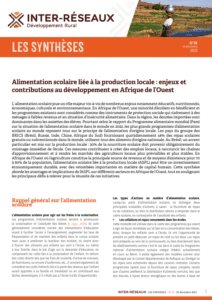Input Subsidy Programs (ISPs) have made a big comeback in Africa. Introduced by donors in the early 1970s, ISPs were meant to help smallholder farmers invest in fertilizer and improved seed varieties, overcome limited access to input markets, and ultimately increase crop production. The programs were poorly managed, however, and were largely eliminated in the 1980s and early 1990s under structural adjustment programs. They resurfaced in the mid-2000s and on a much grander scale.
Though ISPs are a visible means for the government to show support for farmers, these programs are expensive. Currently, ten African governments spend an estimated US$1.05 billion annually—an average of 30 percent of their agriculture budgets—on ISPs. This number will likely increase given that many governments plan to further scale-up their programs. The scaling-up of ISPs in Africa has proceeded, however, on limited evidence that these programs are effective. Prior to 2010, there was actually little research on a host of crucial questions regarding subsidies. Filling these knowledge gaps with evidence and insights from high-quality and policy-relevant research is the main motivation for the special issue of Agricultural Economics on “Input Subsidy Programs in Africa” (Vol. 44, No. 6).
Read the highlights of the special issue (4p.) : http://www.ifpri.org/sites/default/files/publications/highlights_inputsubsidy.pdf







